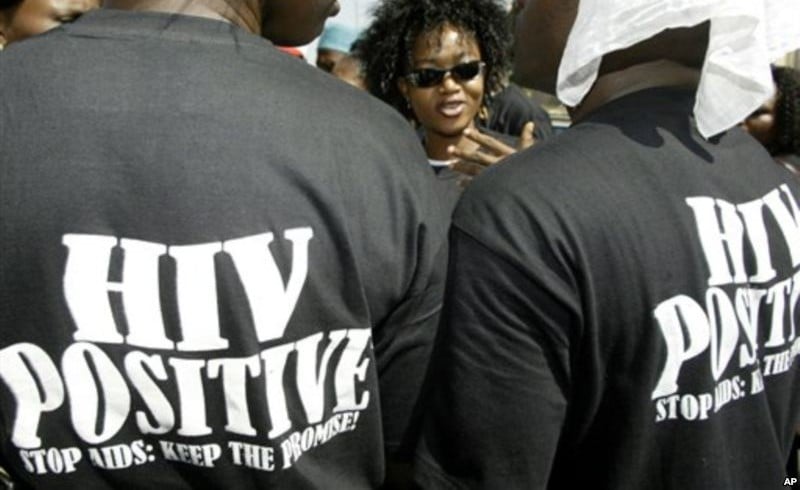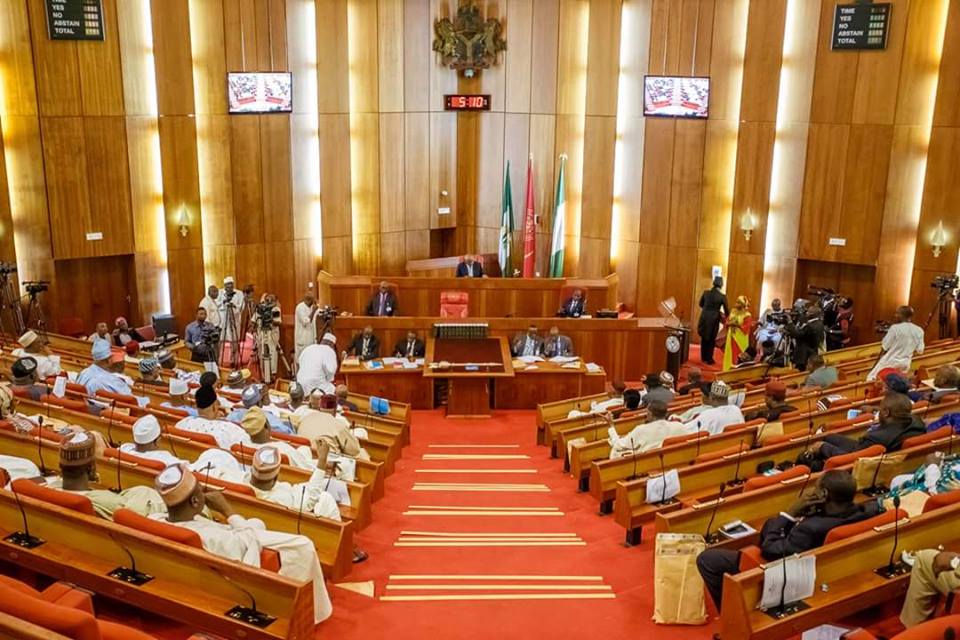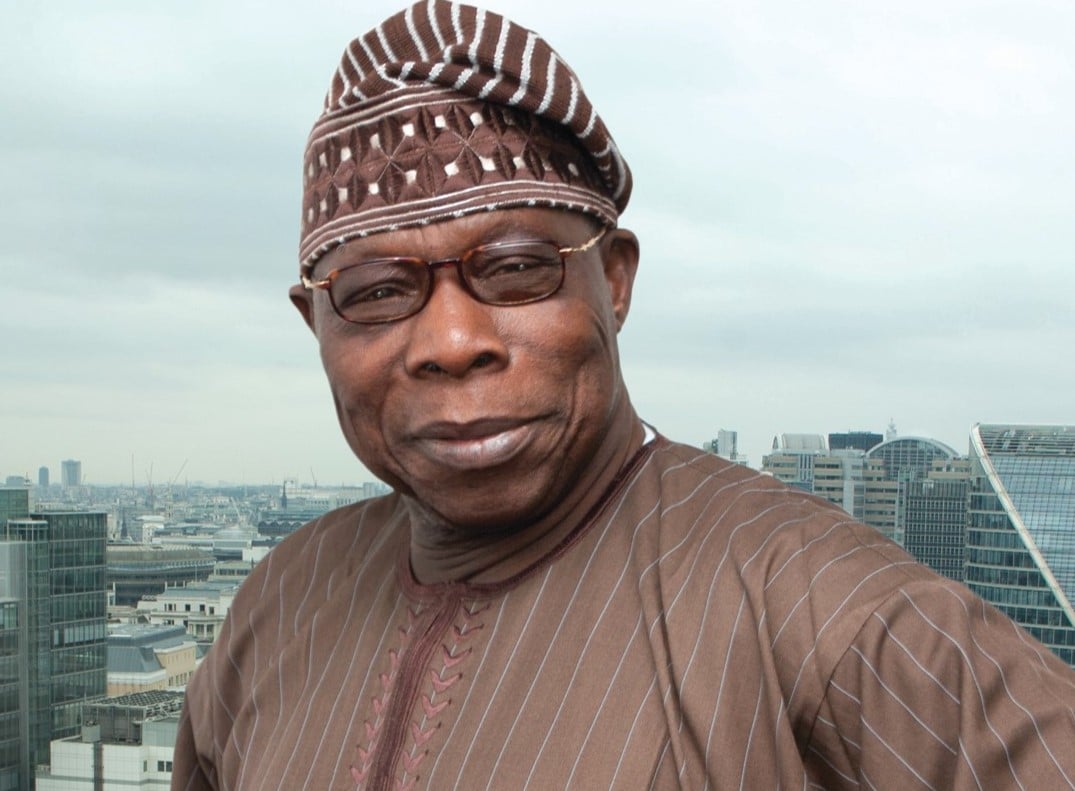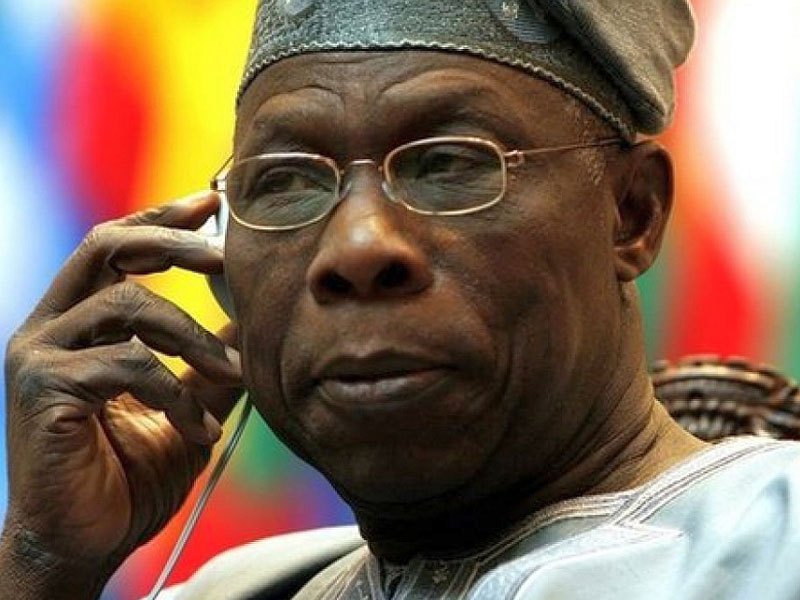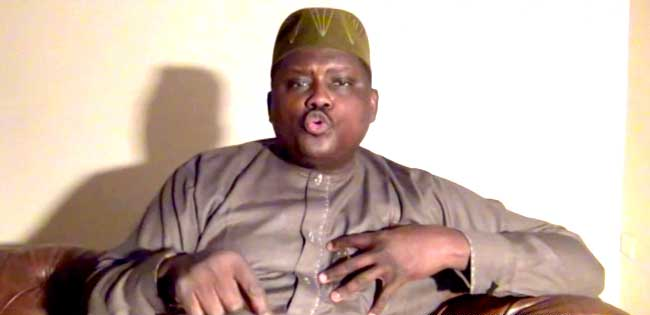BY STEVE ABORISADE
The last decade witnessed great uncertainty in Nigeria’s HIV treatment program – a period of pseudo-scientists laying claims to cures and operating without checks. A time that help was assumed to be more in miracle centres than in hospitals. A phase of general and entrenched misconception of what HIV really is, its routes of transmission and of lived realities of being HIV positive. It was a time of unending stigma – at home and in healthcare settings, discernible with rejection by loved ones and by society at large. It was a period of recurrent drug stock-outs, of expired antiretroviral medications in circulation. It was cruel faith at those times to be HIV positive, while it took even greater courage and strong will to survive.
I have lost some wonderful friends to AIDS, just like other Nigerians who also lost loved ones. The death of one of my friends was particularly painful, having shared of her struggles and passion to live. This friend was a fighter. She endured unimaginable rejection by almost everyone in her life. She first lost her marriage, was driven away from her place of worship, rejected and ejected from her family home where she returned to seek refuge, and later lost her only daughter. She had to battle with a co-infection of TB-HIV at a time that it was simple enough to deal with HIV. Eventually, she could no longer fight, she gave it all up. She was one courageous woman who lived by hope despite her many challenges. At the period I referred, very few survived the twin onslaught wrought, first by the virus itself, and, of societal rejection which tends to kill more than the virus. Her story is the story of many Nigerians, which a lot of people can readily relate to.
But today, we have a much-improved environment, such that someone who is HIV positive but receiving recommended treatment is no longer able to transmit the disease to another person. Young ladies and men that I met then are now happy mothers and fathers, living life with great vitality, with their children growing up without HIV. Some of these men and women are today occupying various leadership positions they never assumed possible. There is no gainsaying the fact of what has been achieved.
As a confirmation of the changed fortune, and according to UNAIDS, since 2010, new HIV infections in Nigeria have declined by 21% and AIDS-related deaths by 6%. Among people living with HIV, almost 24% are reported to have attained suppressed viral loads, which means they cannot transfer the virus to others while more people are becoming tolerant of the normalcy of living with HIV.
Advertisement
Put in context however, these remain modest gains compared to the impressive achievements of nations that prioritized health funding, especially where promises on AIDS are being kept.
With AIDS in Nigeria, there are yet big challenges to be surmounted, while it is also imperative to not roll back on the modest gains made. Nigeria’s HIV situation is a peculiar one demanding a peculiar solution. For instance, majority of Nigerians who are HIV positive in the country are unaware of their status, having not tested at all. Dr. Sanni Aliyu, the Director General (DG) of the National Agency for the Control of AIDS (NACA) put the figure of Nigerians who have ever taken an HIV test once at 10% of the population, for a country of 180 million people. Whereas, Nigeria’s HIV epidemic impacts all population groups and geographic areas of the country. It remains the second largest epidemic globally at 3. 2 million, while only 30% of those needing treatment can access it, according to UNAIDS. In 2016 according to UNAIDS, Nigeria recorded 220, 000 new HIV infections, one of the highest rates in sub-Saharan Africa. Same year, she recorded 160, 000 AIDS-related deaths. Among pregnant women living with HIV, only 32% are on treatment. The fate of the remaining 68% and their unborn babies is best imagined. No wonder, about 37, 000 children became newly infected with HIV in 2016 while only nine states of 36 have surpassed 50% Antiretroviral Therapy (ART) coverage.
To bring it home properly, let me illustrate the scope of the problem at hand with this program of the government of Nigeria which my organisation, AIDS Healthcare Foundation (AHF) is an important partner. Called the Fast Track Initiative, and launched by President Buhari in December 2016. program aims to fasttrack HIV treatment, including the elimination of mother-to-child transmission of HIV in Nigeria by getting an extra 100, 000 HIV positive persons (children, adults and pregnant mothers) on treatment in Benue, Nasarawa, Cross River and FCT by the end of 2018.
In Benue state, one of the states with the highest HIV prevalence in Nigeria, Fast Track estimated data pegs the number of children living with HIV at 17, 259, with only 6, 367 on antiretroviral treatment. A treatment gap of 10, 892 exists. 278, 225 adults are HIV positive, with 129, 092 on ART and a gap of 149, 133. Likewise, 20, 396 pregnant women are HIV positive, with 1, 540 on ART and a gap of 18, 856.
In Cross River, 6, 106 children are HIV positive, with 1, 434 on ART leaving a treatment gap of 4, 672. Whereas 77,
Advertisement
547 adults live with HIV, while 21, 219 of that figure are on ART with a gap of 56, 328. Cross River has 4, 815 pregnant women who are HIV positive, with 326 on ART and a gap of 4, 489.
Nasarawa comes with 7, 545 HIV positive children, of which 1, 434 are on ART and a gap of 6, 420. Similarly, 111, 080 adults are HIV positive with 21, 986 on ART and a gap of 90, 003. For pregnant women, 7, 220 are HIV positive with only 148 on ART leaving a treatment gap of 7, 072.
This situation is not limited to the states mentioned here. There are similar gaps in every state of Nigeria needing urgent attention if we are desirous of not returning to that phase in time described earlier.
However, the chances that we will not return to that era of uncertainty is simply a function of the funding to AIDS programs. Commentators have suggested that funding must be commensurate to the ‘challenges of our health system infrastructure, unmet need for commodities, data quality and human resource for health.’ Presently, inadequate funding for these constitute key barriers to universal access to HIV/AIDS services in Nigeria. Dr. Aliyu, DG of NACA is of the view that Nigeria may require nothing less than N150 billion annually to achieve and maintain full ART coverage.
Without doubt, this reality underscores the need for state governments and the organized private sector to join the federal government in its effort to rid Nigeria of AIDS. At the same time, it is crucial for nations who are funding AIDS to keep up their efforts, while nations like China who are yet to support the Global Fund, a fund which supports nations in tackling AIDS, TB and Malaria must contribute their quota.
It is heart-warming to see renewed commitments on the part of government to treat more Nigerians, as it is encouraging to see the National Assembly resolved commitment to the implementation of the National Health Act provision of 1% of the consolidated revenue fund for health from 2018 and state governors who are considering between 0.5% to 1% of their monthly federal allocations to sustain HIV funding.
What we expect, which serves the Nigerian people right, is for these commitments to not end up as mere rhetoric. Keeping the promise made is the only way to guarantee and sustain the national HIV intervention and safeguard the health of Nigerians.
Advertisement
Aborisade is Advocacy & Marketing Manager, AIDS Healthcare Foundation (AHF) Nigeria
Views expressed by contributors are strictly personal and not of TheCable.
Add a comment
